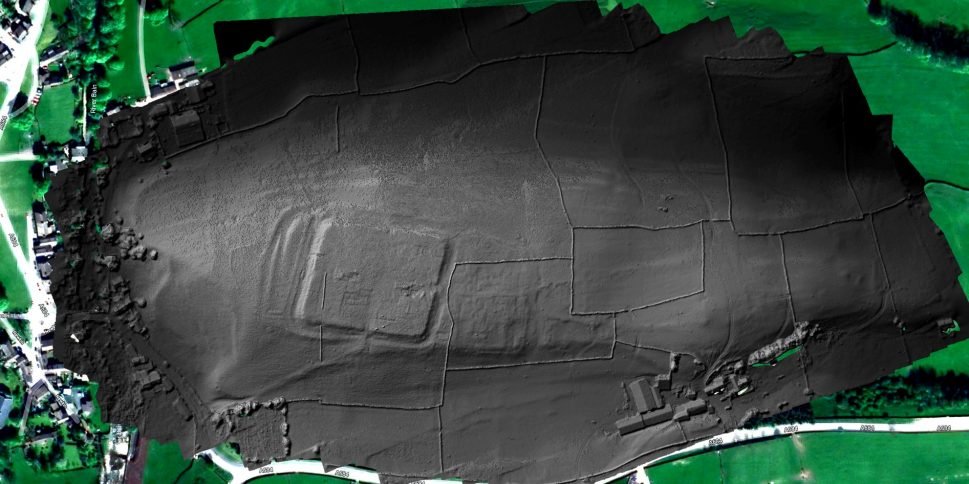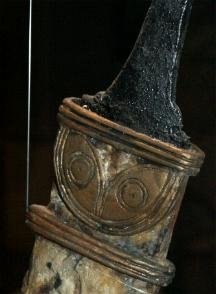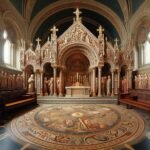Site Details:
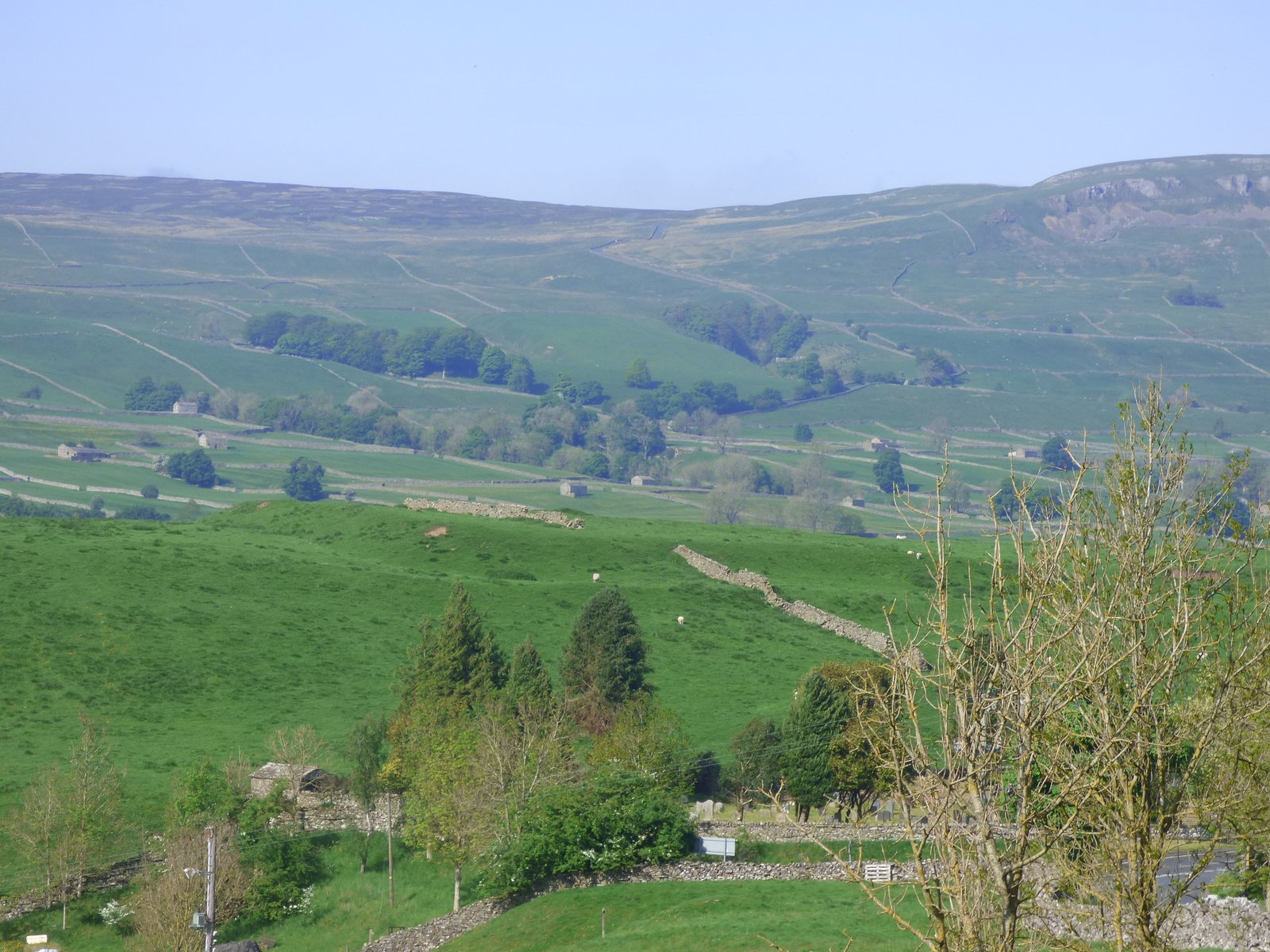
Bainbridge Roman Camp, also known as Virosidum, is a site of significant historical importance located in North Yorkshire, England. The camp dates back to the Roman occupation of Britain and is situated on the summit of Brough Hill, commanding a strategic position at the confluence of the River Bain and the River Ure. Archaeological evidence suggests that the fort was continuously occupied during the Roman presence in Northern England, except for periods such as the construction of Hadrian's Wall and the advance into Scotland under Antoninus Pius.
The fort's layout is characteristic of Roman military design, with a playing-card shape that would have housed up to 500 auxiliary troops. An annexe added in the early third century expanded the site significantly. Excavations have revealed a wealth of information about the fort's structure and the life of its inhabitants. Notably, the Sixth Cohort of Nervians, an auxiliary infantry unit from present-day Belgium, is known to have been stationed at Bainbridge, as evidenced by inscriptions and historical documents.
The Sixth Cohort of Nervians, known as Cohors VI Nerviorum, was a notable auxiliary infantry unit within the Roman Army, attested in the province of Britannia from the second century to the early fifth century AD. This cohort was primarily composed of men from the Nervii tribe, who inhabited the region between the Scheldt and Meuse rivers, an area corresponding to modern-day Belgium. The Nervii were renowned for their military prowess, which led to their incorporation into the Roman military forces. The historical records indicate that the Sixth Cohort of Nervians was stationed at various forts along Hadrian's Wall, including Greatchesters fort, and also served at Rough Castle Fort on the Antonine Wall in Scotland between 156–162 AD. This deployment was part of the Roman strategy to maintain control over the northern frontiers of the empire. The cohort's presence in these locations is well-documented through inscriptions and dedications, which provide valuable insights into their movements and activities. One significant commander of the cohort was a centurion named Flavius Betto, whose name appears in the historical inscriptions. Under his leadership, the cohort contributed to the construction and rebuilding of fortifications, including a part of the Virosidum fort around 205-208 AD. This construction work was crucial for the Roman military infrastructure and demonstrated the cohort's role beyond combat duties. In AD 205, while stationed at Virosidum, the Prefect of the Cohort was Lucius Vinicius Pius. His tenure is marked by an inscription that commemorates the rebuilding of a rampart of uncoursed masonry with an annexe-wall under the supervision of Lucius Alfenus Senecio, a senator of consular rank. The dedication highlights the administrative and logistical capabilities of the cohort's leadership. The Sixth Cohort of Nervians was not only involved in military and construction activities but also played a significant role in the control and supervision of lead mining operations. This was a vital economic activity for the Roman military, and the cohort's involvement underscores the multifaceted nature of their duties within the Roman provincial framework.One of the primary functions of the Bainbridge Roman Camp was the control and supervision of lead mining, a vital activity for the Roman military and economy. The presence of the fort likely played a crucial role in the imperial control of mining operations, particularly in the aftermath of the Brigantes' revolt against Cartimandua in AD 69.
The site has been the focus of numerous archaeological investigations, beginning with the Yorkshire Archaeological Society's excavations in the 1920s, supervised by R.G. Collingwood, and continuing with various projects up to the excavations by Leeds University from 1957-69 under Brian Hartley. These efforts have contributed significantly to our understanding of Roman military logistics, economic activities, and interactions with local populations.
Today, the Bainbridge Roman Camp stands as a testament to the Roman Empire's extensive reach and its lasting impact on the British landscape. While much of the site is not open to the public, it remains an area of interest for historians, archaeologists, and those fascinated by the ancient world.




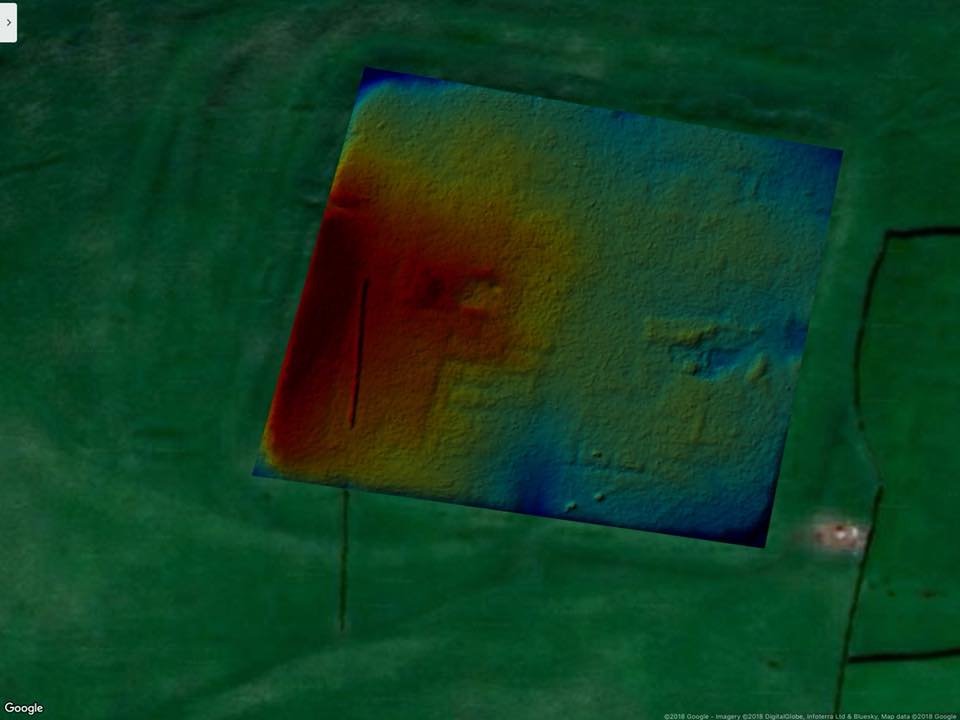 Secondly we have the interior of the eastern extension where there seems to be a glorious confusion of buildings aligned along an east-west axis. Anyone fancy trying to sketch this lot out?
Secondly we have the interior of the eastern extension where there seems to be a glorious confusion of buildings aligned along an east-west axis. Anyone fancy trying to sketch this lot out?Site Gallery
Gallery Empty

